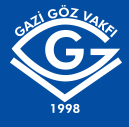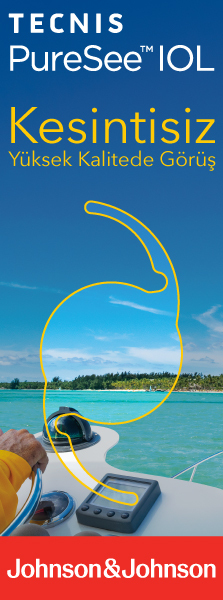Retina-Vitreous
1994 , Vol 2 , Num 3
Scannig Laser Infrared Ophthalmoscopy
1Trakya Üniv. Tıp Fak. Göz Hastalıkları AD.2Dept of Ophthalmology, Uni Tubingen, Germany Infrared (IR) light ( 780 nm) allows to display structures of the deeper layers of the fundus due to more than 90% from it pass through the retinal pigment epithelium. At the University Eye Clinic of Tubingen we reviewed IR images of patients with angiographic well-defined subretinal neovascular membranes (SRNVM) secondary to age related macular degeneration. A Scanning Laser Ophthalmoscope (SLO; Type 101, Rodenstock, Munich) was used for fluorescein angiography (FA) and IR imaging in all patients. Early arteriovenous phase angiograms were digitalized and transferred to a digitall image analysis system (Topcon, IMAGEnet 1024, Paramus). Early phase FA images were warped according to the IR images and tracing of the IR lesions were transferred to the FA images.
Hyperfluorescens of SRNVM’ s on FA corresponded to darkend and thickened areas on IR images which were well- demarcated from the lighter background. SLO- IR is simple, easy repeatable and non- invasive method. It is well tolerated by the patients and provides good image quality even in the presence of media opacity or myosis. Especially in cases with known allergies or contraindications for dye, SLO- IR imaging might be a useful adjunct in the diagnosis of SRVNM’s myosis. Especially in cases with known allergies or contraindications for dye, SLO be a useful adjunct in the diagnosis of SRVNM' s. Keywords : Infrared, Imaging, Scanning Laser Ophtalmoscope, Subretinal Neovascular Membrane





